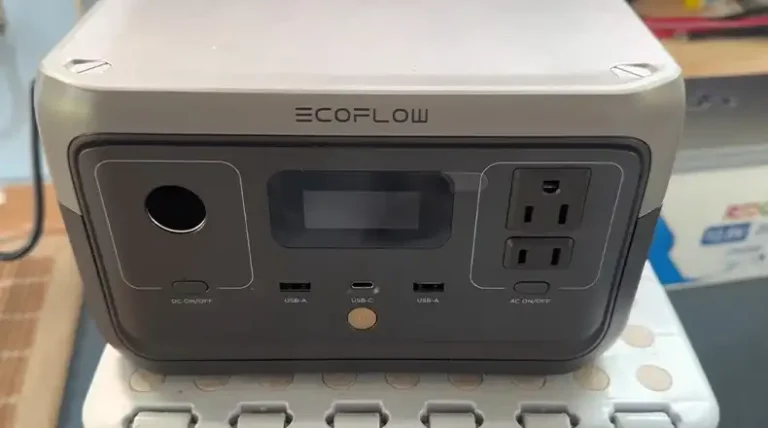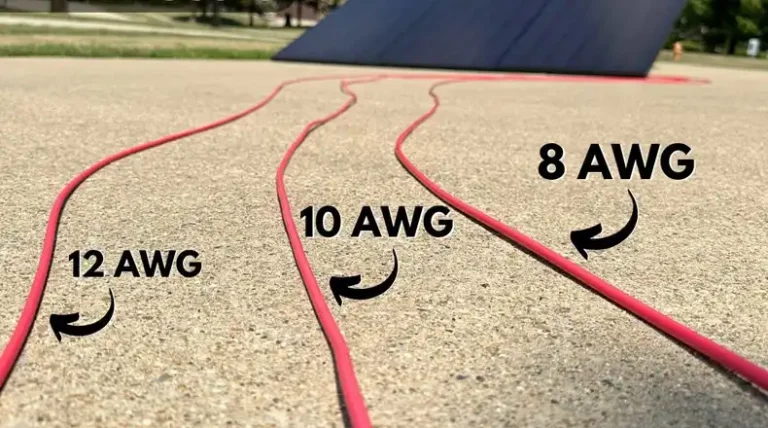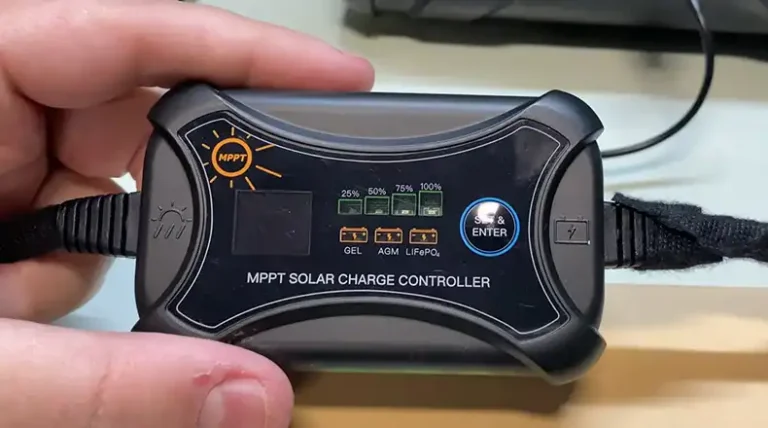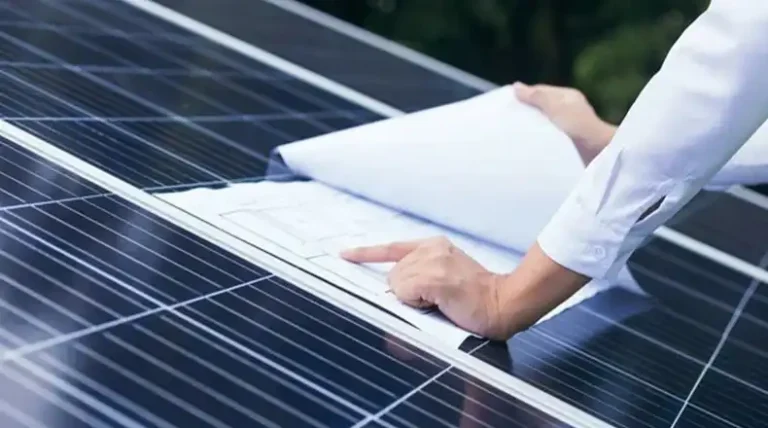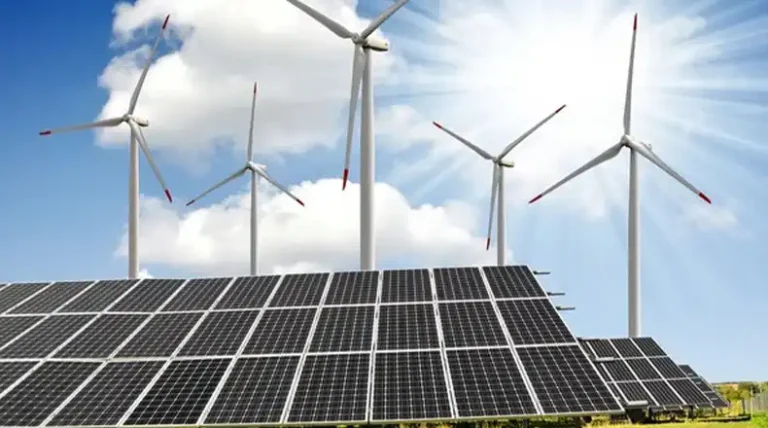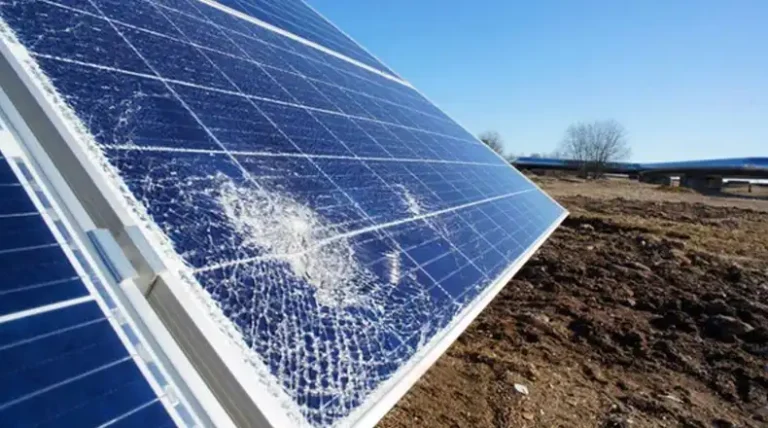How To Wire Solar Panels With Micro Inverters | What I Follow to Connect
Solar energy is a fantastic source of renewable power, but harnessing it efficiently can be a challenge. Traditional string inverters can be inefficient, as shading on one panel affects the entire string. Micro inverters solve this problem by converting the DC power generated by each solar panel into AC power, independently. However, to make the most of microinverters, it’s crucial to wire them correctly.
So, how to wire solar panels with micro inverters? By connecting each panel to a dedicated micro inverter, you can optimize energy production and simplify maintenance.
If this seems technical now, fear not! In this comprehensive guide, we will walk you through the process of wiring solar panels with micro inverters, addressing the challenges, and providing clear instructions.
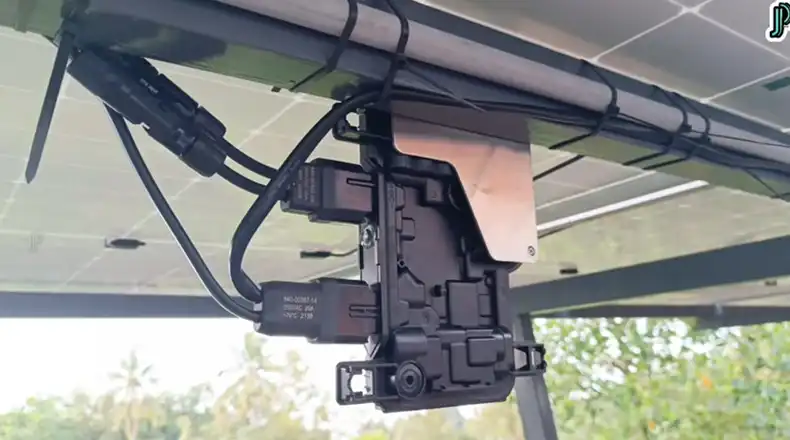
How Do I Wire Solar Panels with Micro Inverters
Solar panels capture sunlight and convert it into direct current (DC) electricity. They’re a cornerstone of renewable energy, making them popular in homes across the globe.
Unlike standard inverters that handle output from multiple panels, micro inverters are dedicated to individual panels. This setup ensures that issues in one panel don’t affect the others, optimizing the overall system performance.
Okay, now that you know the basics, let’s get started with how to wire solar panels with micro inverters!
Wiring solar panels with micro inverters is a straightforward process, but it requires precision and attention to detail. Here’s a simplified step-by-step guide to get you started:
Safety Precautions: Always disconnect power before working and ensure you’re wearing the right protective gear. Remember, safety first!
Step 1: Gather Your Tools and Materials
Before you begin, make sure you have all the necessary tools and materials, including –
- solar panels,
- mounting equipment,
- electrical wiring,
- a drill,
- wire strippers,
- mounting brackets, and
- the micro inverters themselves.
Step 2: Plan Your Layout
Carefully plan the layout of your solar panels. Consider factors like shading, sun exposure, and available space. Ensure that the panels are positioned to maximize energy production.
Step 3: Mount the Panels
Securely mount the solar panels on your chosen location, following the manufacturer’s instructions. Make sure they are angled properly to receive optimal sunlight.
Step 4: Install Micro Inverters
Install the microinverters on the back of each solar panel. Connect the micro inverter to the panel, following the provided guidelines. Ensure that each micro inverter is securely attached.
Step 5: Connect the Wiring
Connect the output cables of the microinverters to a junction box or combiner. From there, run the wiring to the main service panel, ensuring proper grounding and safety precautions.
Step 6: Monitor Your System
Once everything is connected, you can monitor your system’s performance through a monitoring system or mobile app provided by the micro-inverter manufacturer.
By following these steps, you can harness the sun’s power efficiently and reduce your carbon footprint while enjoying substantial energy savings.
Common Mistakes to Avoid When Connecting the Wire
- Avoid placing inverters in direct sunlight.
- Overheating can reduce their efficiency.
- Ensure that all connections are tight and water-resistant. A loose connection could lead to energy loss or safety hazards.
Regularly inspect and maintain your system to ensure it operates efficiently. If you encounter issues, consult the manufacturer’s troubleshooting guide or seek professional assistance.
Conclusion
Wiring solar panels with micro inverters might seem daunting, but with the right guidance, it’s a breeze. Embracing this setup ensures your solar system runs efficiently, and safely, and is easier to maintain. Armed with this newfound knowledge, you’re now ready to make the most of your solar energy setup. Do you have questions or insights to share? Drop them in the comments below. Thanks for reading and here’s to a brighter, greener future for all!
Things People Often Ask
1. How Much Does It Cost To Install Micro Inverters For Solar Panels?
The cost of installing micro inverters for solar panels varies depending on factors like the number of panels, brand, and local installation rates. On average, you can expect to pay around $0.25 to $0.35 per watt for micro inverter installation.
2. Are Micro Inverters More Efficient Than String Inverters?
Yes, microinverters are generally more efficient than string inverters. Micro-inverters optimize the performance of each individual solar panel, while string inverters are affected by the output of the weakest panel in the string.
3. Can I Install Micro Inverters Myself, Or Do I Need A Professional?
While it’s possible to install micro-inverters yourself if you have electrical knowledge, it’s recommended to hire a professional. Proper installation is essential for safety, performance, and warranty compliance.
4. Do Micro Inverters Work With All Types Of Solar Panels?
Micro inverters are compatible with most standard solar panels. However, it’s essential to check the manufacturer’s compatibility guidelines to ensure the micro inverters are suitable for your panels.
5. How Long Does It Take To Recoup The Cost Of Installing Micro Inverters?
The time it takes to recoup the cost of installing micro inverters depends on factors like your location, energy consumption, and the size of your solar panel system. On average, homeowners can expect to see a return on investment within 5 to 7 years.

